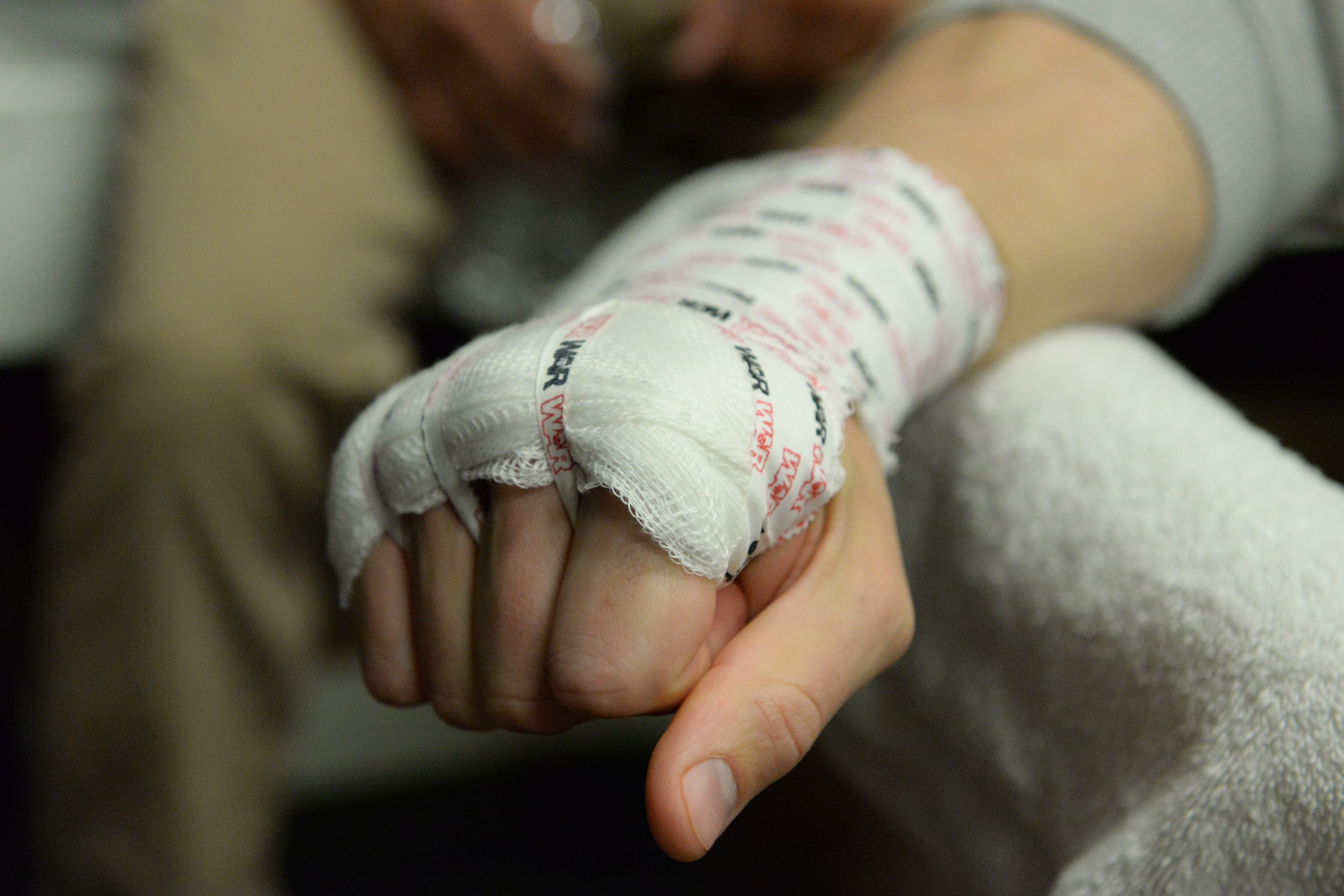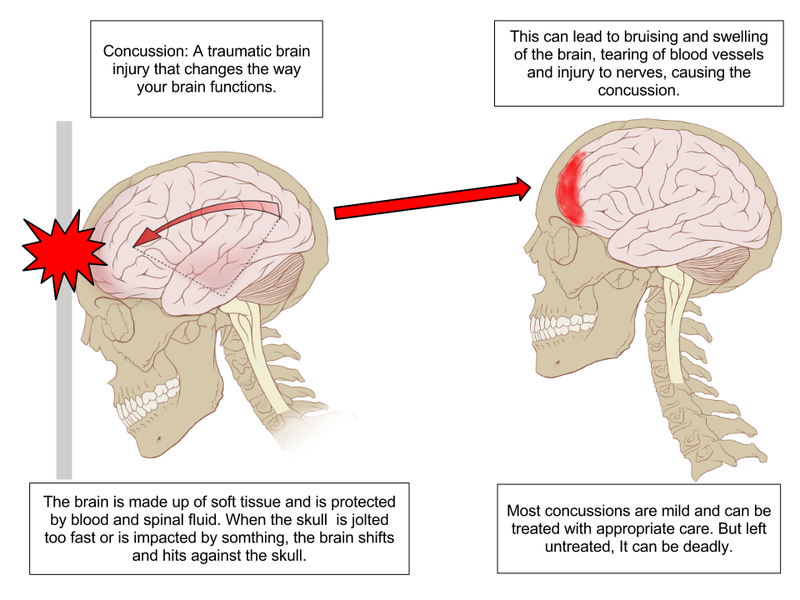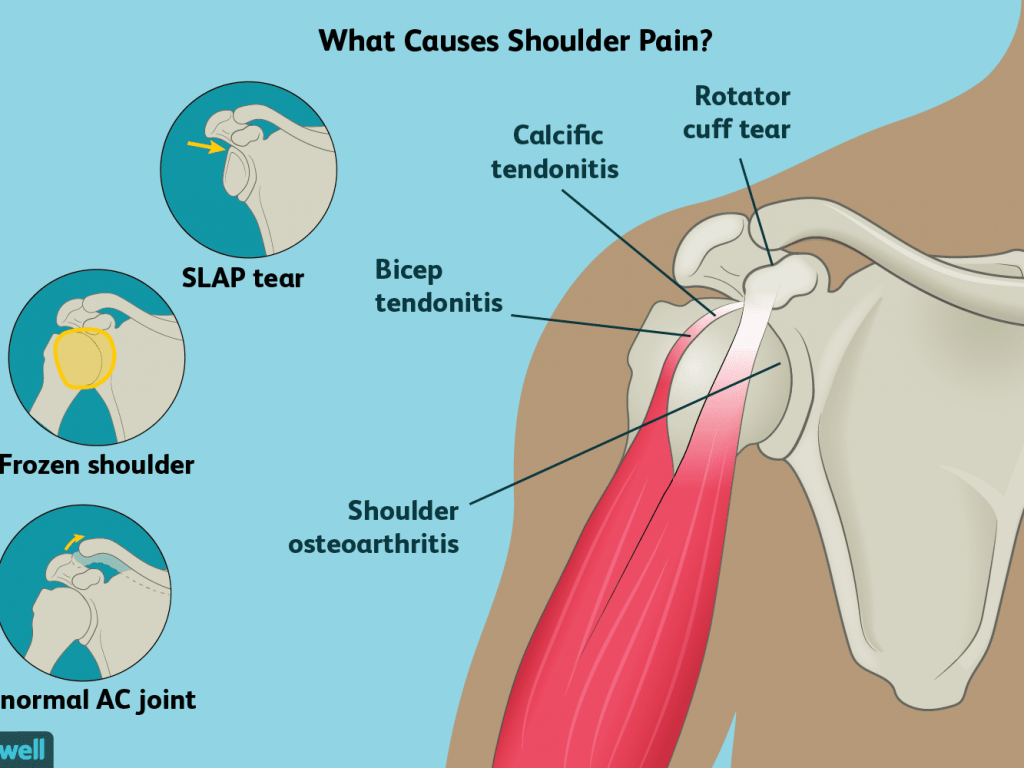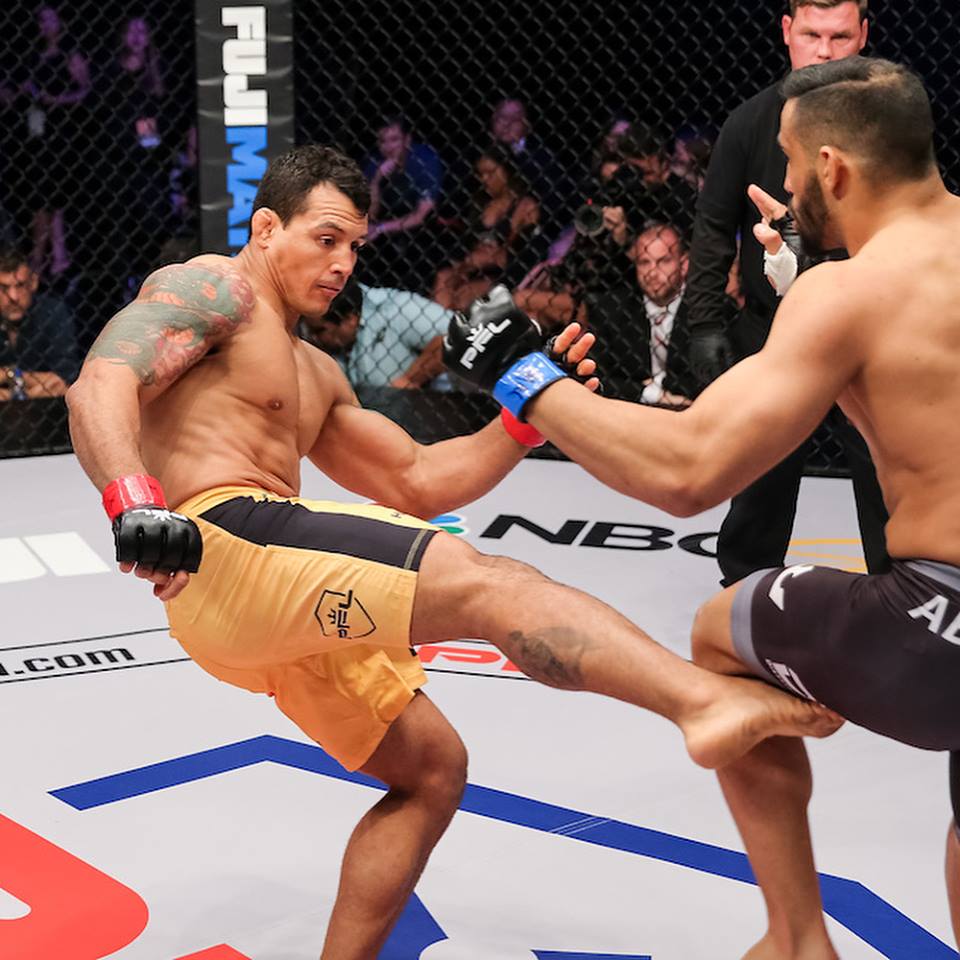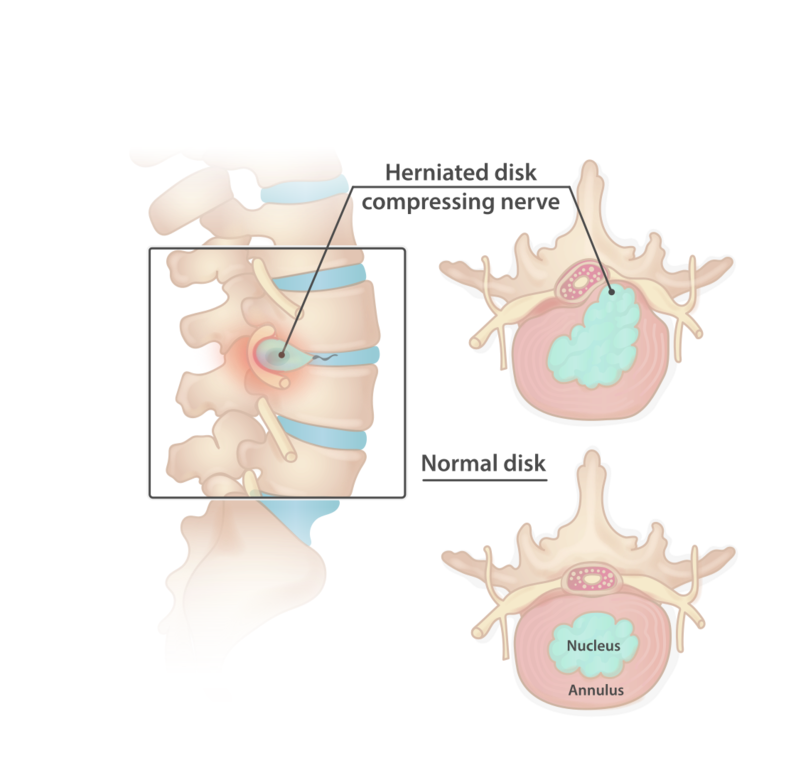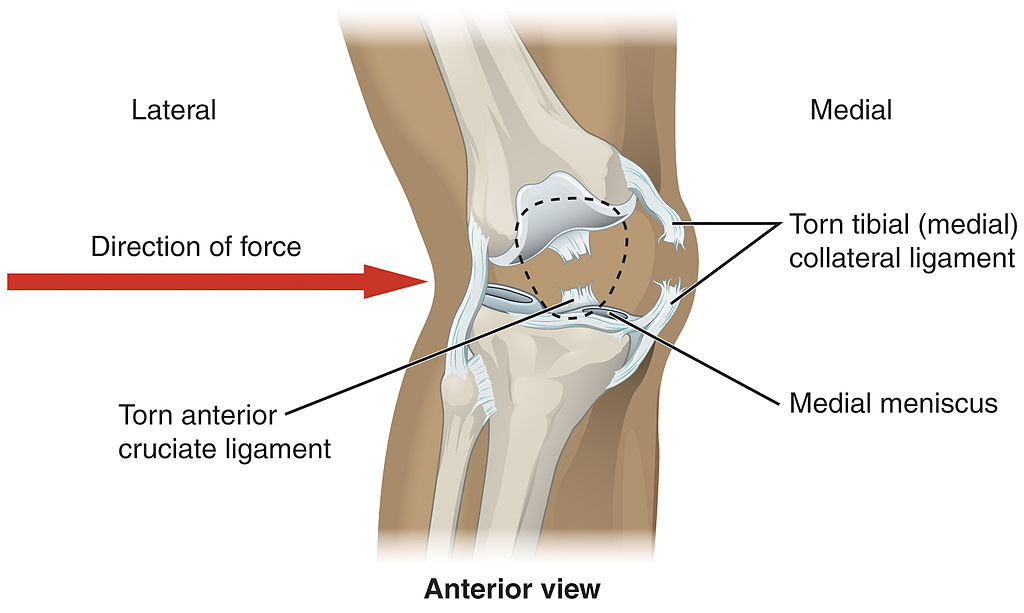Check out Part 1 if you haven’t already!
1. Eye Injuries
Fighters are typically struck in the eye, head and face areas during training and competitions. The most common injuries we see as a result of these blows are:
Conjunctival lacerations are the most common eye injury we see in MMA. They are caused by impact to the eye or face and can involve either the skin (superficial) or deeper structures of the eyelids. Conjunctival lacerations are typically easily treated but can be a cause of long-term problems if not managed properly.
The term “cryptophthalmos” refers to a sunken socket in which the eyeball is not covered by any eyelid tissue. This condition can be caused by repeated blunt trauma to the eye, such as a punch or kick. The bone that forms the rim of the eye socket may actually collapse inward, opening up the area under the eyelid so that you can see some of the eyeball itself. If left untreated, this condition can affect the vision.
where there is hypotony (decrease in intraocular pressure) in combination with rupture of the globe (cornea or lens) which occurs from a blunt force impact to the eye. If a blowout does occur, it is recommended to stop fighting immediately and seek medical attention as soon as possible. Hyphemia – blood in the anterior chamber of the eye. This is different from subconjunctival haemorrhage, which is blood underneath the conjunctiva. The risk for developing a hyphemia increases with increasing age, especially after age 50 years
These are caused by abrasion of corneal epithelium against foreign objects such as fingernail, an eyelash or contact lenses. Commonly found in contact lens wearers who remove their lenses without first rinsing their eyes under running water or saline solution.
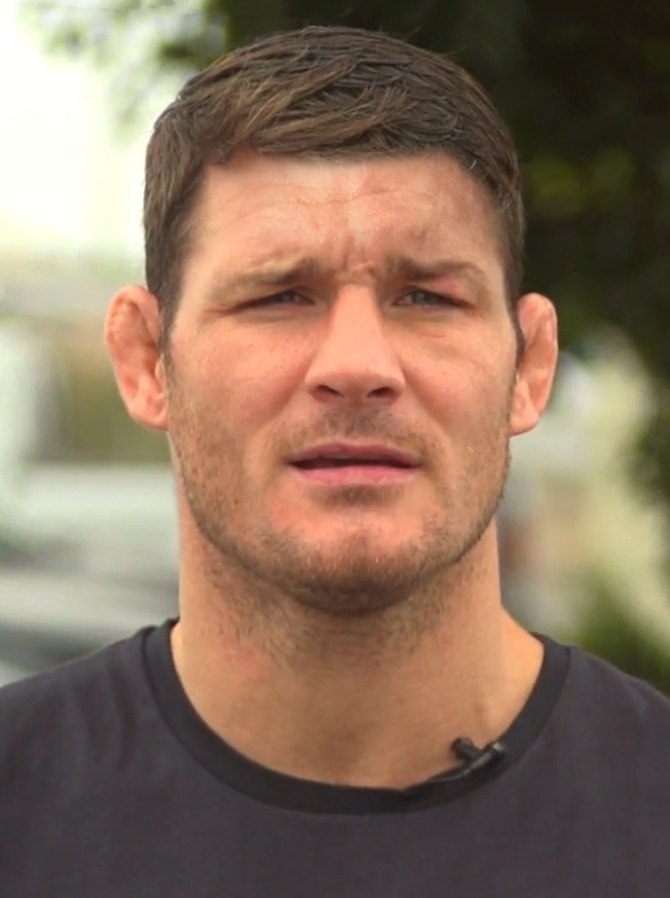

Famously suffered by former UFC Champion Michael Bisping, this is an extremely serious problem that results from blunt force trauma to an eye when a tear in the retina occurs. The retina is a thin, light sensitive layer of tissue.
Preventing eye injuries comes down to attention to detail in training, particularly with regard to your sparring partners. When you’re set to fight someone on a televised card with thousands of viewers around the world, you don’t want to be blinded by that person’s stray elbow or head kick. The best way to prepare for this is through proper training and using protective equipment during sparring sessions. Fighting someone like Jon ‘Bones’ Jones may increase your risk of an eye injury dramatically.
2. Hand and Finger Injuries
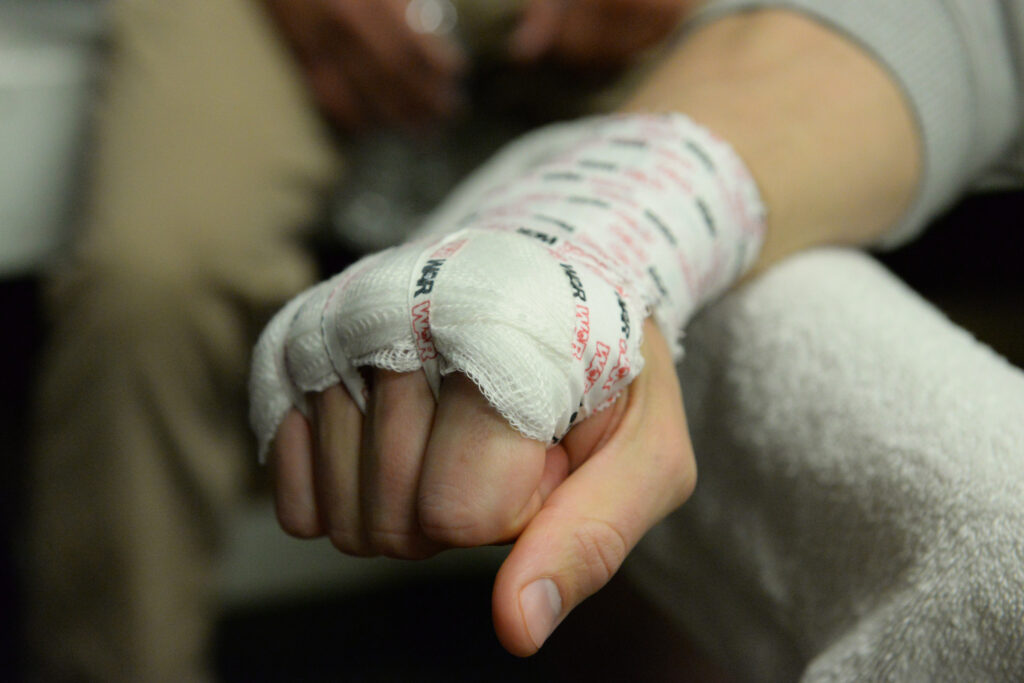

As a striker, your hands are your main weapon so it’s important to keep them in the best condition possible. You need to avoid injuring or breaking bones in your hands and fingers to be able to continue fighting.
The most common problem encountered after striking is a broken or torn knuckle. This is caused by punching directly against the skull or some other hard object (such as the elbow or shin).
If you do break your knuckle, wrap it up and go to the doctor immediately. If you do not get proper treatment, you risk having permanent damage that could affect your ability to fight in the future.
To prevent this type of injury, make sure to always wrap your hands with hand wraps before working out or sparring. This protects your knuckles from breaking if they are hit against something hard.
Also, you need to remember that when you take a punch in the fingers, they absorb most of the impact and can result in finger joints being damaged. Another way to avoid finger injuries is to strengthen your thumb and fingers by using squeeze grip exercisers.
Here are some more ways you can prevent hand and finger injuries:
Warm up thoroughly before every training session.
Make sure you have proper technique when throwing punches and kicks.
Use wraps and gloves that provide adequate support.
Take care of any cuts or abrasions on your knuckles immediately!
3. Jaw Injuries and TMJ Problems
Jaw injuries are quite common among MMA fighters. This type of injury is referred to as a mandibular fracture and results from the impact of force on the area around the jaw. The reason why this happens often in MMA is because with this sport, you’re involved in full contact fighting with other fighters.
The most common causes of jaw injuries are:
Head kicks.
Punches.
Getting hit too hard on the chin by a well-placed elbow strike or knee strike.


Treating a jaw injury is different depending on the type of injury. I’ve broken my jaw in the past, and that’s a lot easier to recover from than TMJ. You can’t just pop your jaw back in place like you would with a broken bone. The bone has to heal naturally before you will be able to return to full training again. Now let’s take a look at some of the most common injuries in MMA and how they are treated:
1.) Jaw Fractures: A simple fracture can take a couple weeks to heal depending on the severity and if there was any nerve damage or if it was displaced. A complex fracture could take up to two months for complete healing, and sometimes longer for it to feel completely normal again.
2.) Dislocated Jaw: A dislocated jaw is when the mandible (lower jaw) shifts out of place in relation to the maxilla (upper jaw). This may include fractures around the joint as well
4: Bruising and Contusion
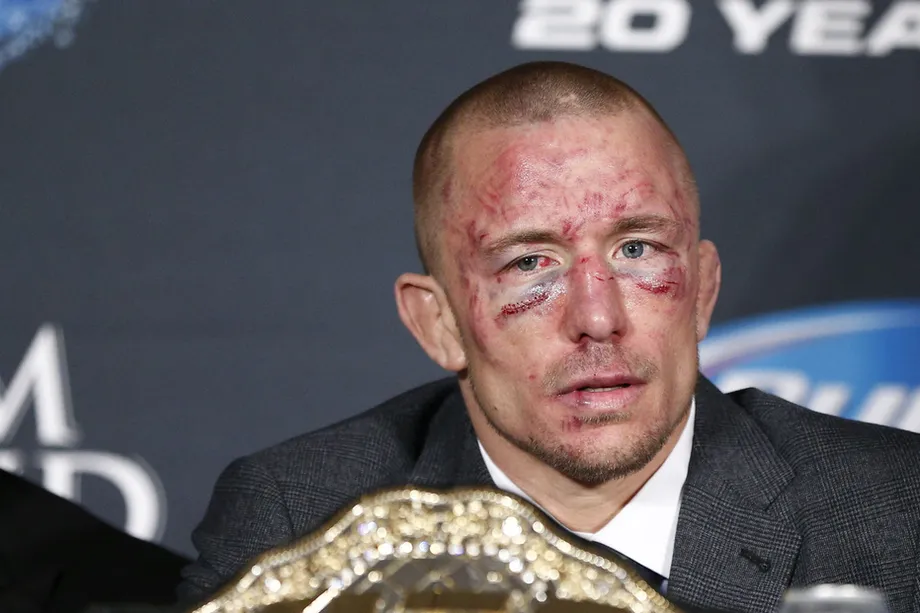


The bruising and contusion section is a list of common injuries in MMA caused by the trauma of hitting or kicking. These are broken down into four categories:
– Contusions (bruising)
– Lacerations (cuts)
– Compartment Syndrome
– Abrasions
Contusions and lacerations are more common in MMA than other combat sports because most other combat sports do not use punching and kicking.
Compartment syndrome is an injury that can occur when there is increased pressure in an enclosed space. In the case of MMA, this usually occurs during training because the tissue surrounding muscles becomes swollen, restricting blood flow to the muscle. This leads to damage of the muscle fibers and sometimes even necrosis. Abrasions are abrasions, which is self-explanatory.
Treatment for bruises depends on the severity of the bruise. For minor bruising or superficial bruises, an ice pack will help to reduce pain and swelling. If you sustain major bruising, you should consult your doctor or seek emergency medical attention.
5. Heart Problems and High Blood Pressure
Even though MMA can be called a contact sport, it’s important to note that the blood pressure of professional fighters is much lower than that of football players. This is due to the way MMA fighters train, with more time spent on cardio workouts than on resistance training.
If you’re a fighter or if you’re planning on starting your MMA career, you should know that even though cardiovascular diseases are not very common in MMA athletes, they can still be dangerous if you don’t pay attention to them.
The symptoms of a heart problem include:
Chest pain (angina)
Shortness of breath when exercising
Pain in the upper body, such as pain in your arms, back, neck and jaw
Dizziness and light-headedness
Nausea and extreme fatigue
A fighter’s heart works extra hard during training and fights to keep up with the high demands of the sport. If you have a history of heart disease in your family, it is important that you have yearly check-ups with your physician so they can monitor your heart health.
If you are overweight or obese, losing weight will help reduce your risk of heart disease and lower your blood pressure.
Another way to reduce your risk of heart disease is by incorporating regular aerobic exercise into your daily routine. You should also be aware of your sodium intake and avoid processed foods as much as possible. While these steps may seem small and insignificant, they can help protect you from developing a serious medical condition like high blood pressure or an irregular heartbeat.
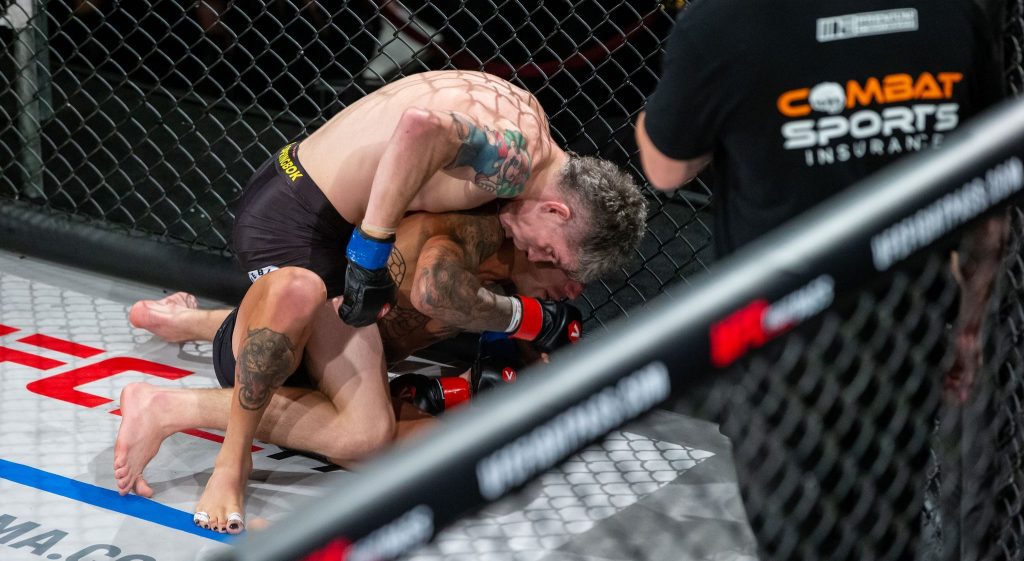

Overall, MMA Fighters must take the time to care for their bodies, and must avoid injuries at all costs
MMA athletes are some of the most well-conditioned athletes in any sport, but they must take the time to care for their bodies and avoid injury at all costs. Whether you’re a professional or beginner, here are a few tips on how to avoid injury and keep your body in top condition.
As with any physical Endeavor, there are common injuries that can occur with MMA. Some are due to poor training methods and others are from undertraining or overtraining.
MMA fighters must be in top shape, not just physically, but also mentally.
To avoid injury and keep training, it’s important to pay attention to your body and do everything you can to boost performance. By following a few simple tips, you’ll be able to optimize your health and keep training day after day.
Injuries are common in MMA fighters. Some of these injuries are minor, while others may require surgery or long-term physical therapy. It’s important to know how to prevent injuries so that you’re able to continue training without missing a beat.
Any questions? Looking for some kind of combat sports cover? Feel free to contact us at team@combatsportsinsurance.com.au or fill out our form!

